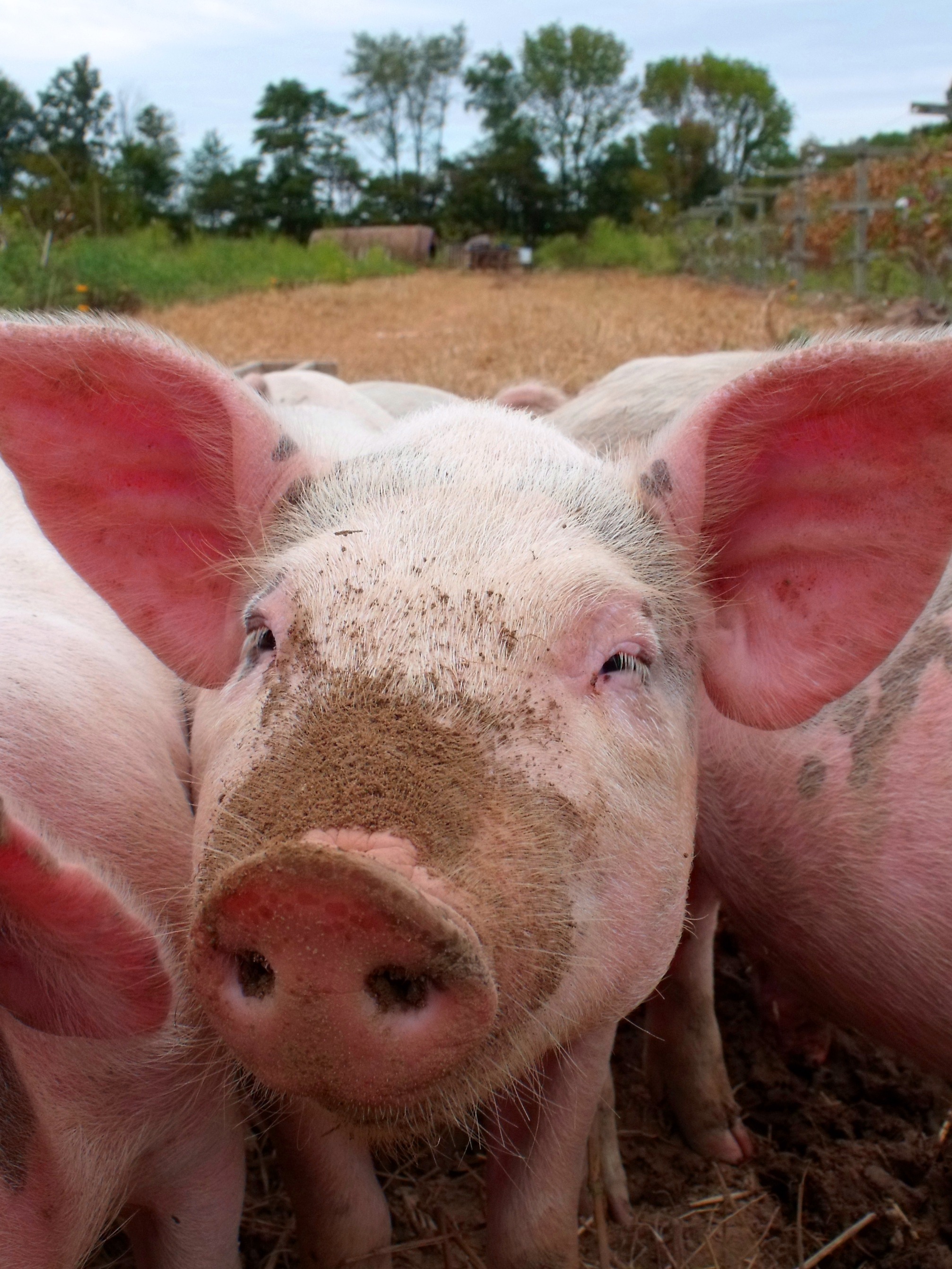
Thursday, October 10, 2019 - This is only a test, but 14 states are pretending that it’s already here.
Nobody wants to see African swine fever enter the U.S. If it does, however, Iowa and 13 other pork-producing states are preparing to face it head-on by participating in a four-day ASF role-playing exercise hosted by USDA APHIS.
Departments of agriculture, state agencies, legislators, pork producers, and pork industry representatives are testing their foreign animal disease plans to see how they hold up.
Each state is independently playing along in real time with the USDA, which is throwing in new situational kinks throughout the exercise.
In a nutshell, the Iowa scenario looks like this:
- A confirmed ASF case is found in a commercial swine multiplier facility in Webster County, Mississippi (again, this is pretend, not for real), and there were animal movements to Iowa and several other states in the last 30 days.
- Communication channels are fired up to report a confirmed ASF case in the United States.
- A statewide standstill order is issued for 72 hours. There is a 12-hour grace period for livestock trucks already on the road to get to their destination or return to where they came from.
- The USDA also stops intrastate movement of swine for 72 hours.
- Foreign animal disease investigators go out to sites where animals may be infected, collect samples, and drive them to the Veterinary Diagnostic Lab in Ames, Iowa, for testing. They also fly samples to the USDA Foreign Animal Disease Lab on Plum Island for double confirmation.
- A quarantine is issued in a 10-kilometer radius around an infected farm.
- Animals on this farm are depopulated and disposed of on-site to contain the virus.
The goal is to have all of this done within 24 hours of receiving notice of a confirmed African swine fever case.
“This is all about exercising our plans,” says Iowa Agriculture Secretary Mike Naig. “Exercising those plans allows us to identify gaps that exist, and additional work that needs to be done. We are getting a chance as a state to raise some policy questions with USDA. There are a lot of things that we’re identifying that will have to be dealt with and worked on later subsequent to this event, but that is exactly this purpose.”
Pork producers are also role-playing the ASF scenario.
Amanda Luitjens is the animal welfare auditor with Christensen Farms in Sleepy Eye, Minnesota. The company has hundreds of nurseries and grow-finish units in Iowa and surrounding states. She says participating in the exercise has provided answers but has also created more questions.
“I think that we have identified some gaps,” says Luitjens. “Planning is the best way to go, and yet if African swine fever does get here, there’s a good chance that the plans we have in place may not be the ones that we execute. But at least we know and have a good working knowledge of the potential obstacles we have so we can get things moving as quick as possible.”
African swine fever has so far spread over three continents: Africa, Europe, and Asia. It is highly infectious and kills pigs within 10 days of infection. The virus does not affect humans but an outbreak in the U.S. could mean $16.5 billion in revenue losses the first year.
Learn More at this Link